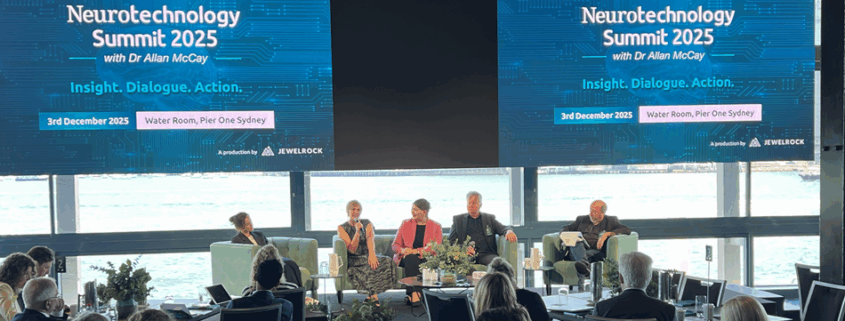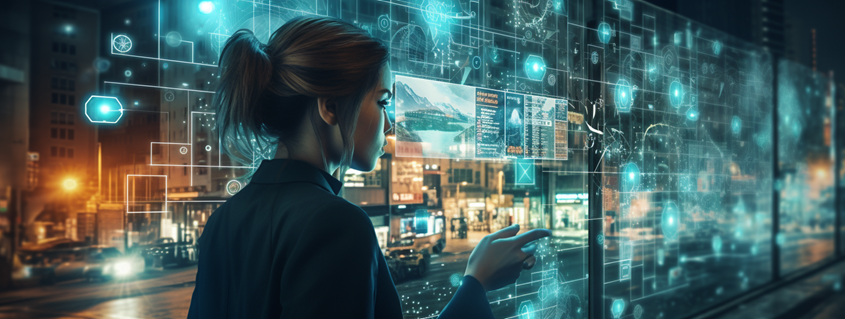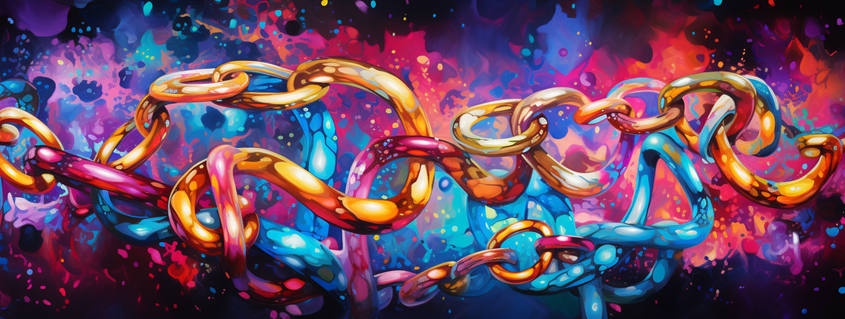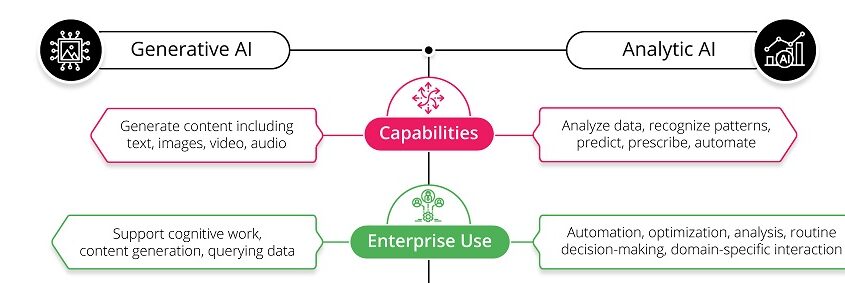Report from Neurotechnology Summit 2025 on the massive potential and dangerous pitfalls ahead
I attended the first day of Neurotechnology Summit 2025 in Sydney, with some fascinating insights and discussions through the day.
Australia is a world leader in the space, with Australian born or based leaders in neurotechnology including Synchron, Emotiv, Ultra Bionics, Omniscient Technologies, Cortical Labs, and Resonait, and the leaders of most of them speaking at the event.
My LinkedIn post provides a very high level view of the discussion, and is complementary to this piece in linking to the speakers and pointing to some of their specific contributions. Below is a more detailed description of the key insights from each session.










